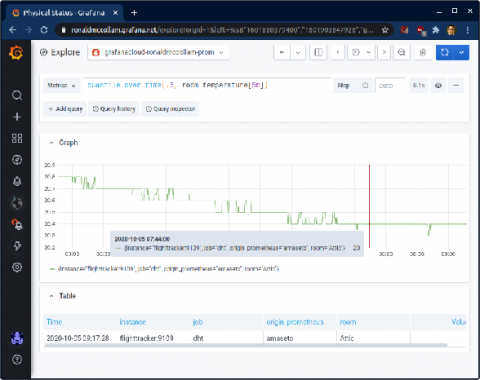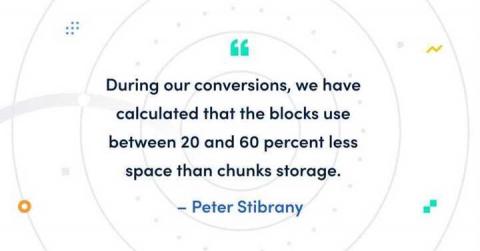AWS Distro for OpenTelemetry, Grafana, Prometheus, Loki, OpenMetrics, and beyond: How Open Standards continue to shape modern observability
AWS is announcing the AWS Distro for OpenTelemetry today. This is a distribution of OpenTelemetry, itself a CNCF sandbox project. This is part of a wider push towards Open Source, cloud native technologies, and modern observability, all based on Open Standards. This push can be observed across the whole technology sector, but with increasing velocity from within AWS. As they are the largest public cloud provider by far, this is noteworthy in and of itself.











